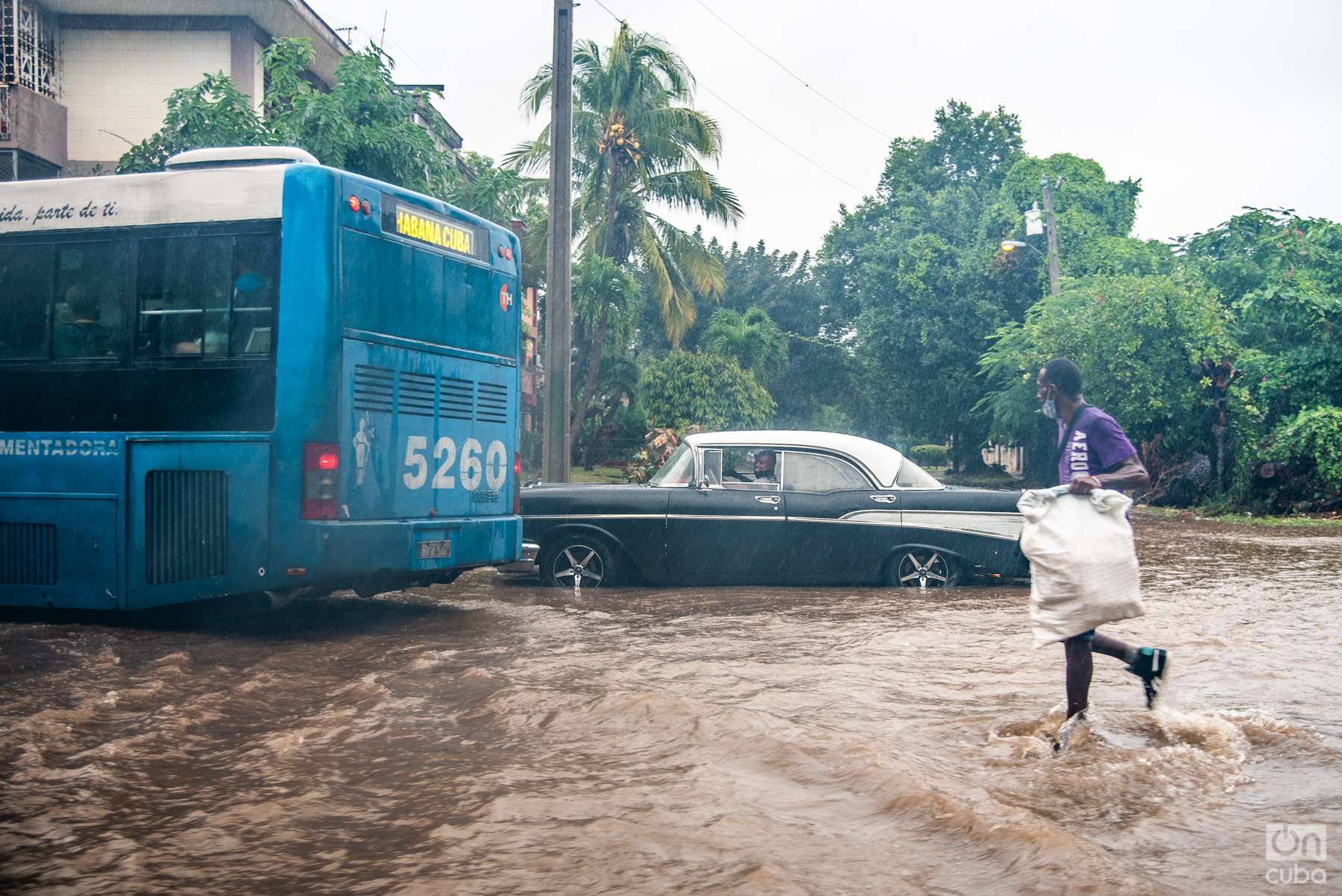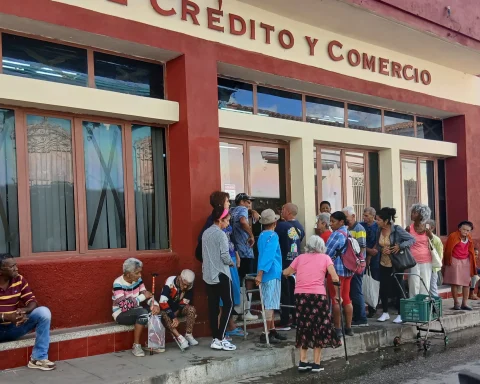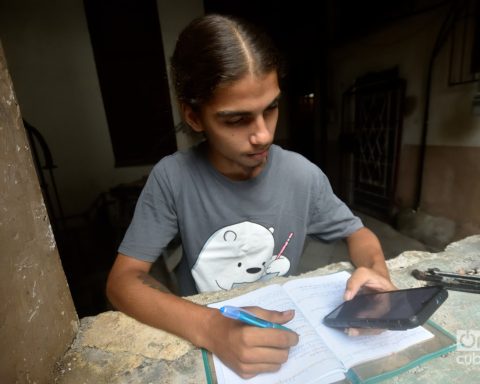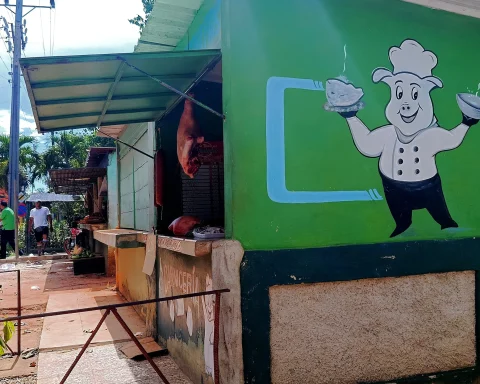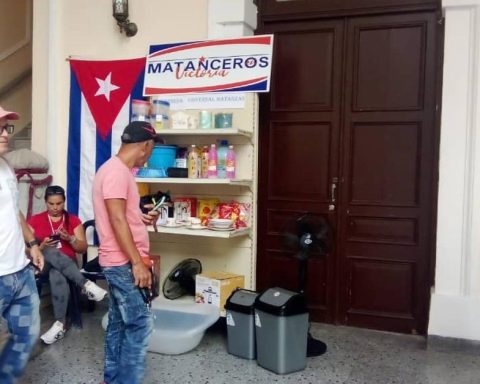At the beginning of November, Dr. Humberto Rivera Almaguer, head of the Zoonosis Program in the province of Holguín, warned that “an increase in morbidity and lethality due to Leptospirosis has been observed in the territory, caused by increased rainfall and contact with wastewater, essentially in livestock areas.” According to the also official of the Provincial Center for Hygiene, Epidemiology and Microbiology: “in relation to the behavior of Leptospirosis and the need to consolidate the main prevention and control actions […] We need the population to know what are the measures to avoid contracting the disease”.
It is not the first time, in recent months, that news like this has made headlines in the Cuban media. Less than a month ago, the agency Latin Press reported that the health authorities of Ciego de Ávila maintain “the surveillance and control of Leptospirosis”. In this regard, Dr. José Luis López, deputy director of the Center for Hygiene, Epidemiology and Microbiology in that province, highlighted among the risk groups “agricultural and livestock workers, veterinary doctors, Community Services workers, as well as the population that resides in flood zones. The official emphasized that “more than 90% of people at risk of acquiring the disease have already received the first dose of the Leptospirosis vaccine in that territory and 70% have completed the cycle.”
A few months earlier, on July 20, the Cuban News Agency announced an “epidemiological alert” for this disease in the central province of Camagüey, which at that time was added to the dengue and the COVID-19 among the reasons for concern. In the aforementioned note it was specified that Leptospirosis “experiences an increase during the rainy season in tropical and subtropical regions.” As can be seen, since the summer this has been a health problem that has occupied and worried health personnel and authorities, in the midst of the tense epidemiological situation on the island, which is just emerging from the pandemic and has had to face to endemics (diseases that affect a country or a region on fixed dates, such as the case at hand).
Dengue in Cuba: epidemiological normality aggravated by the crisis
But, what is Leptospirosis and why does it increase in the rainy season? Why are there sectors more exposed than others? What are its fundamental symptoms and how is the diagnosis made? How effective is the available vaccine and what therapeutic measures are used to deal with the disease?
According to Pan American Health Organization (PAHO), a regional agency attached to the World Health Organization (WHO), leptospirosis is “a zoonotic disease —transmitted from animals to humans— with epidemic potential, mainly after heavy rains.” It is caused by a bacterium called leptospira, which has more than 200 serological varieties (infectious agents). The disease can present with a wide variety of clinical manifestations, from its mild form to its severe and sometimes fatal form, which progresses with kidney and liver failure and the failure of multiple organs and body systems.
This bacterium can be found in fresh water, which has been contaminated by the urine of animals such as rodents, dogs, pigs, horses, among others. Humans They get sick if they consume it indirectly or if they come into contact with it through a lesion on the skin or mucous membranes, hence some people who carry out their daily work on farms are more exposed to the disease, especially if they do not use the means of protection suitable. Leptospirosis can also be contracted in recreational activities such as swimming or fishing; or by having unvaccinated pets and contact with domestic livestock —some people, even without adequate hygienic conditions, raise pigs, horses, etc.—, and by exposure at home to the urine of infected rodents.
Among the fundamental symptoms of the disease are: fever with chills, headache, intense muscle pain, especially in the legs; digestive symptoms, such as nausea, vomiting, diarrhea and “jaundice” (yellowing of the skin and mucous membranes). Sometimes redness of the conjunctiva (the white part of the eye), inflammation of the lymph nodes, spleen and liver appears, which is accompanied by pain in the abdomen. The diagnosis is based on the epidemiological history, the presence of symptoms and specific laboratory studies.
The treatment includes Doxycycline chemoprophylaxis for highly exposed people and always under medical supervision; as well as general measures ranging from hydration, fever treatment and the use of antibiotics, generally from the penicillin family. Serious cases of the disease require admission to intensive care units. Preventive measures, on the other hand, would be aimed at avoiding contact with water contaminated by the urine of sick animals, as we explained before, for which it is important to wear protective clothing and shoes. If you do not have gloves for handling animal excrement, plastic bags could be used on your hands, although it is not ideal.
In our country, since the end of the last century, there is the vax-SPIRAL vaccine, of national production. It has an efficiency of 78.1%, similar to others that exist in the world, and has an adequate safety standard. The most frequent adverse reactions, which appear after inoculation, are general malaise, redness in the area where it was applied, among other common reactions.
On the other hand, it is important to point out that this is not only a Cuban health problem, but also affects countries throughout the tropical and subtropical belt, at this time of year. A brief tour of different publications in said region show case reports In Puerto Ricowhere in October 9 suspected cases of Leptospirosis were identified.
For his part, In NicaraguaAfter Hurricane Julia, the government and health authorities took measures to reduce the risk of contracting this and other diseases, according to epidemiologist Leonel Argüello, which was ratified by the vice president of that country. Also in Honduras there is presence of the disease; An article published on October 18 by a local media reported on 146 cases registered so far this year by the Ministry of Health, of which 36 had been confirmed.
Even in regions as distant from a geographical point of view as the Philippines and India, there have been recent reports of Leptospirosis. Specifically, the Philippine city of Zamoanga had reported more than 20 cases and 10 deaths; while in the Indian district of Pollachi A 23-year-old woman, who was in the second trimester of her pregnancy, died of this cause, according to sources from the local Health Department.
As can be seen, rain is “the main ally” of Leptospirosis because it favors its transmission. Although there are specific population groups that have a higher risk of getting sick, —to whom vaccination campaigns are directed—, we are all exposed. This disease is also one of the first 35 causes of death in Cuba. According to him National Health Yearbook for the year 2020In 2019, 58 people died in Cuba for this reason, a figure that rose to 70 the following year, which gives us an idea of the importance of this picture.
